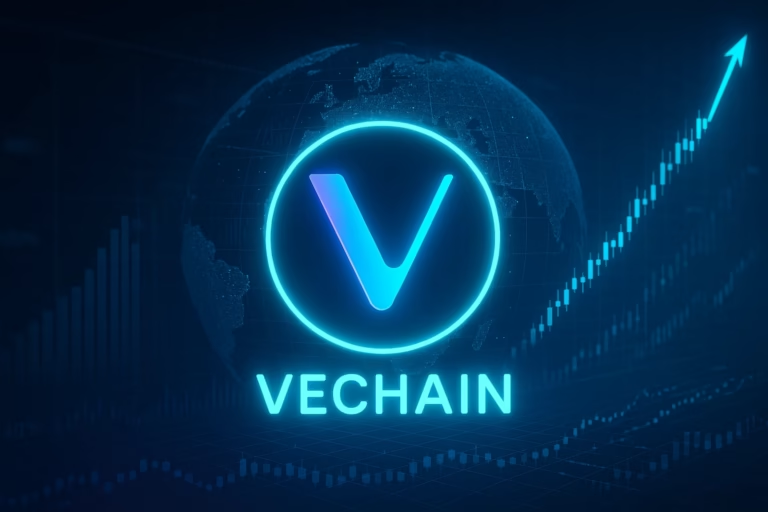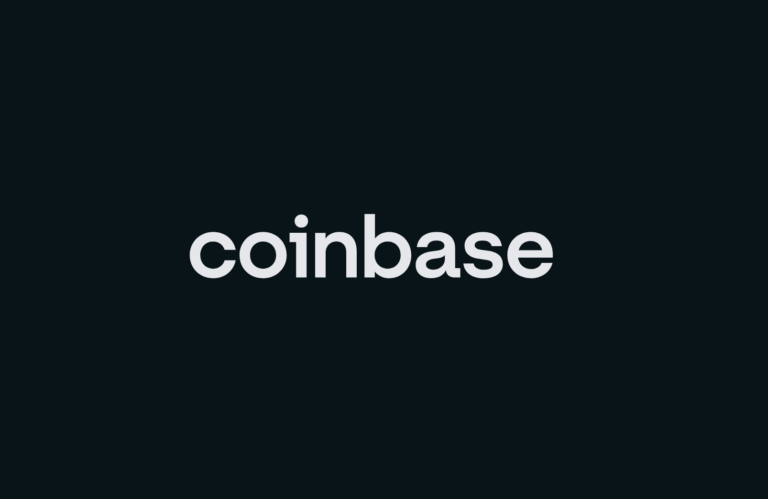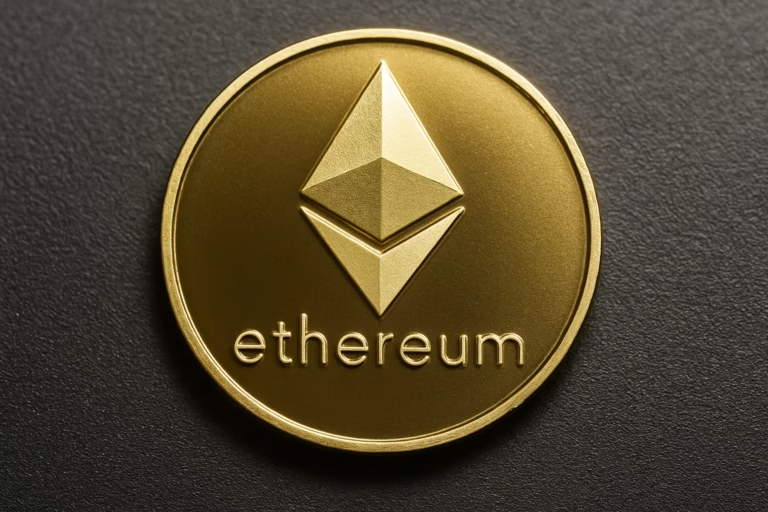
- Pi Network claims to offer easy cryptocurrency mining but operates on a referral-based model resembling a pyramid scheme, with no functional mainnet and an ad-driven revenue system that primarily benefits its developers.
- Until it proves its legitimacy with a working blockchain and real-world utility, skepticism about its value and long-term viability remains high.
Cryptocurrency enthusiasts have long sought new ways to mine digital assets with minimal effort and cost. Enter Pi Network, an app launched in 2019 that promises users a chance to mine Pi Coins by simply tapping a button once a day. With millions of users worldwide, Pi Network appears to be a breakthrough in mobile-based cryptocurrency mining. However, beneath the surface, concerns are mounting over its legitimacy and actual value.
The Referral Web: A Pyramid Scheme in Disguise?
One of the biggest red flags surrounding Pi Network is its aggressive referral-based growth strategy. Unlike Bitcoin, which operates on a proof-of-work system, or Ethereum, which is transitioning to proof-of-stake, Pi Network’s model relies entirely on user recruitment. By inviting more people to join, users increase their mining rate, creating a structure eerily similar to multi-level marketing (MLM) schemes.
Such a system raises concerns about sustainability. Since Pi Coins currently lack real-world value and cannot be traded outside the app, the entire system depends on an ever-growing user base. If recruitment slows down, the so-called “mining” process could become meaningless, leaving users with nothing but wasted time.
The Missing Mainnet: Where’s the Real Blockchain?
For any cryptocurrency to hold actual value, it needs a functional mainnet—a decentralized blockchain where transactions are validated independently. Despite boasting millions of users, Pi Network has yet to launch a working mainnet. Without it, Pi Coins exist solely within the app, with no means of withdrawal, trading, or conversion into fiat currency.
This prolonged delay raises serious doubts about Pi Network’s intentions. While the developers claim they are still working on the blockchain, skepticism grows as years pass without tangible progress. Many users fear that Pi Coins will remain nothing more than digital points with no real-world worth.
Ads, Ads, and More Ads: Who’s Really Profiting?
Unlike traditional cryptocurrency mining, which requires computational power, Pi Network’s “mining” process consists of watching ads. Users must view in-app advertisements to continue their mining streak, generating ad revenue for the developers. This model raises concerns about whether Pi Network is more of an ad-based business than a legitimate cryptocurrency project.
For advertisers, this setup can be misleading. Since users must engage with ads to keep mining, the engagement metrics may be artificially inflated. Advertisers may believe they are reaching genuinely interested audiences, when in reality, they are merely capturing the attention of users trying to maintain their Pi mining streak.
The Value Dilemma: Will Pi Coins Ever Be Worth Anything?
Even if Pi Network eventually launches a mainnet, the question remains: what will Pi Coins be worth? Unlike Bitcoin, which has a fixed supply of 21 million coins, Pi Network has no clear cap on its total supply. This could lead to excessive inflation, driving the value of Pi Coins close to zero once trading begins.
Additionally, there is no indication that major exchanges like Binance or Coinbase will list Pi Coins. Without exchange support, converting Pi Coins into real money will be nearly impossible, further reducing their potential value.
Should You Trust Pi Network?
While Pi Network presents itself as an innovative cryptocurrency project, numerous red flags suggest otherwise. Its referral-based recruitment model resembles a pyramid scheme, its mainnet remains elusive, and its ad-driven revenue model benefits developers more than users.
Until Pi Network proves its legitimacy by launching a functional mainnet and securing real-world utility for its coins, skepticism will continue to overshadow its ambitious promises. For now, users should approach Pi mining with caution, keeping in mind that their time and effort may never translate into tangible financial gain.






